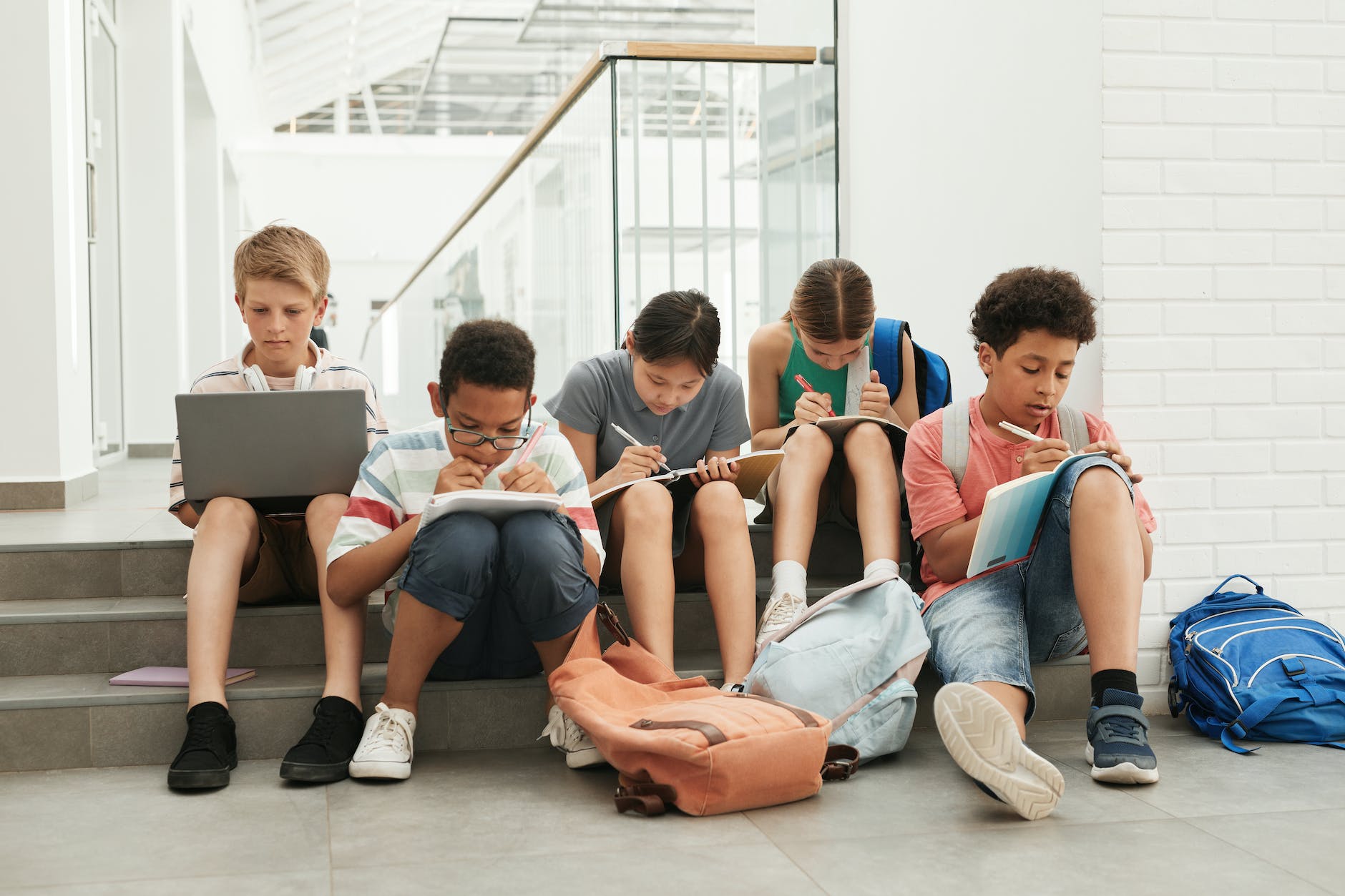In today’s fast-paced world, the ability to learn new skills quickly is more valuable than ever. Whether it’s mastering a new language, playing a musical instrument, or acquiring a new professional skill, the efficiency of our learning processes can significantly impact our personal and professional growth. Interestingly, a recent study has shed light on a remarkably simple yet powerful method to accelerate learning: passive exposure. Let’s dive into the fascinating findings of this research and explore how we can apply them to supercharge our Faster Learning journey.
The Groundbreaking Study: A New Perspective on Faster Learning 📚🔬
Published in the prestigious journal eLife, a study conducted by researchers from the University of Oregon introduces us to the concept of passive exposure as a potent tool for learning. The essence of passive exposure lies in being around the material or skill we wish to learn without actively engaging in its practice. Imagine soaking up a foreign language by listening to songs or podcasts in that language, or understanding the nuances of playing an instrument by watching others play. This study, intriguingly, used lab mice to demonstrate how passive exposure could complement active practice to enhance learning efficiency.
The Experiment: Mice, Music, and Faster Learning 🐭🎶
In this innovative experiment, mice were trained to associate certain sounds with specific rewards. They underwent active training sessions where they had to choose correctly based on the sound cues they received. Some groups of mice were also given passive exposure to these sounds without any active task to perform. The results were striking: mice that received passive exposure in addition to active training picked up the task more quickly than those who only underwent active training.
Through the use of artificial neural models, researchers peered into what might be happening in the brain during passive exposure. They proposed that passive exposure primes the brain, laying down a foundational framework that active training later builds upon. It’s akin to sketching a preliminary outline before painting a masterpiece.
What This Means for Us: Applications in Human Learning 🧑🎓👩🏫
While the study focused on mice, its implications for human learning are profound. Co-author Melissa Baese-Berk has previously shown that passive exposure can significantly aid in learning new sounds in a language for adults. This suggests that our brains might be more receptive to learning than we consciously realize, and that by simply being around the material we wish to learn, we’re setting the stage for more effective active practice.
How to Leverage Passive Exposure for Accelerated Learning 🚀
1. Language Faster Learning Through Immersion 🌎
Language learners have long touted the benefits of immersion for rapid learning. But even if you can’t travel to a country where your target language is spoken, you can create an immersive environment at home. Listen to music, watch movies, or play video games in the language you’re learning. The more you expose yourself to the language passively, the more familiar it becomes, making active learning sessions more productive. Check out resources like Duolingo or Babbel for structured language learning complemented by passive exposure.
2. Mastering Musical Instruments 🎹🎻
Wish to play the piano, guitar, or any musical instrument? Start by watching performances and tutorials on platforms like YouTube. Pay attention to the techniques, the flow of music, and how musicians express emotion through their instruments. This passive exposure can significantly enhance your understanding and execution during active practice sessions.
3. Professional Skills and Hobbies 🛠️🎨
Whether you’re learning coding, photography, or cooking, immerse yourself in the subject through podcasts, documentaries, and online forums. Platforms like Skillshare offer a wealth of resources for passive learning that can complement your active practice beautifully.
The Science of Faster Learning: Understanding the Brain’s Role 🧠
The study from the University of Oregon highlights the brain’s incredible ability to absorb and process information even when we’re not actively trying to learn. Passive exposure works by engaging different parts of the brain responsible for observation and auditory processing, creating a rich soil in which the seeds of active learning can flourish.
Optimizing Your Learning Strategy 📈
To make the most of passive and active learning, consider the following tips:
- Diversify Your Learning: Combine passive exposure with active practice sessions. For instance, after listening to a French podcast, try speaking or writing in French to reinforce your learning.
- Make It Routine: Incorporate passive learning into your daily routine. Listen to a Spanish radio station during breakfast or watch a German TV show before bed.
- Stay Consistent: Consistency is key in both passive and active learning. Regular exposure over time yields the best results.
- Seek Feedback: In your active learning sessions, seek feedback to fine-tune your skills based on what you’ve absorbed passively.
Final Thoughts: The Future of Learning 🌟
The revelation that passive exposure can significantly accelerate learning opens up new horizons for educators, learners, and anyone looking to pick up a new skill or language. It underscores the importance of creating a learning environment that stimulates the senses and the mind even outside of structured practice sessions.
As we continue to explore the depths of human learning, it’s clear that the journey to mastery is not just about the hours of active practice we put in but also about how we engage with our learning material in our less structured moments. By embracing the power of passive exposure, we can make our learning journey more efficient, enjoyable, and successful.
Remember, learning is a journey that involves both the mind’s active pursuit of knowledge and its passive reception of information. Embrace both aspects to unlock your full learning potential. Happy learning! 📚💡
For more insights and resources on optimizing your learning process, don’t forget to check out Santé Magazine for a holistic approach to well-being and learning. And for further reading, explore mohammedtazi.com, howtodoit.site, and easyrecrute.com for a wealth of information on personal development and professional growth.
